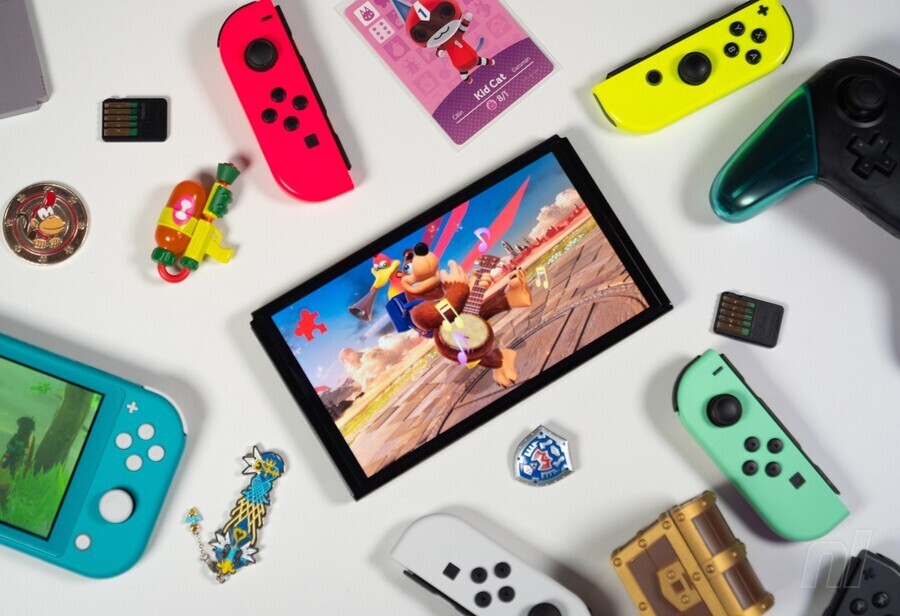Nintendo Confirms 10-For-1 Stock Split To Boost Share ‘Liquidity’ And Investor Base

Nintendo has taken the opportunity with its annual financial results to make some notable business moves, even if they’re little to do with the games we get to play or the systems we own. In addition to a planned share buyback, the company has announced a major shift to its shares / stock structure with a ’10-to-1′ split.
First of all, let’s look at what that means. On 30th September Nintendo will ‘split’ every share into 10; so, if you own 10 shares in the company they will become 100 shares. The overall picture means that Nintendo will go from having an approved issuing of 400 million shares up to four billion, multiplying by 10.
To clarify, this will not automatically improve the value of stock or individual shares – for example if you have a share valued at $100, after a split like this you will instead have ten shares valued at $10 each.
Nintendo has given the following reason for this move:
To reduce the minimum investment price through the stock split, thereby increasing the liquidity of the Company’s shares and further expanding the Company’s investor base.
Interestingly, this is a move that is typically undertaken to both please current investors (some have been calling for Nintendo to do this for some time) and as a response to a particularly strong position. The better a company’s performance, the higher the share price, with the flipside that this can then slow down and restrict trading, making it harder for smaller investors in particular. Nintendo’s closing price on 10th May in the Tokyo stock exchange is 56,360 Yen, which is approximately $433USD per share. Following this split in 30th September, the price of one share would instead be around $43.
Investopedia highlights the following benefits and motivations for a move like this:
Increasing the liquidity of a stock makes trading in the stock easier for buyers and sellers. Liquidity lets traders and investors buy and sell shares in the company without too great an effect on the share price. That can help companies repurchase their shares at a lower cost, since their orders would not move up the share price of a more liquid stock as much. For some companies, this can mean significant savings.
While a split, in theory, should have no effect on a stock’s price, it often results in renewed investor interest, which can have a positive effect on the stock price. While this effect may wane over time, stock splits by blue-chip companies are a bullish signal for investors.
It’s certainly a move typically utilised by sizeable and successful corporations. For example Walmart has had multiple stock splits over the years, and SpaceX confirmed a similar 10-to-1 split earlier this year.
As for the reason and timing of this announcement, Libra Investments chief investment officer Yasuo Sakuma has suggested to Bloomberg [paywall] that it provides a boost to investors against a backdrop of lower projected sales and profits for the coming year.
The stock split plan would be obviously a boost. I’m just surprised that Nintendo announced a stock-split after having resisted it for such a long time.
An interesting move, then, and it’ll be interesting to see what impact it has once it’s completed on 30th September.











